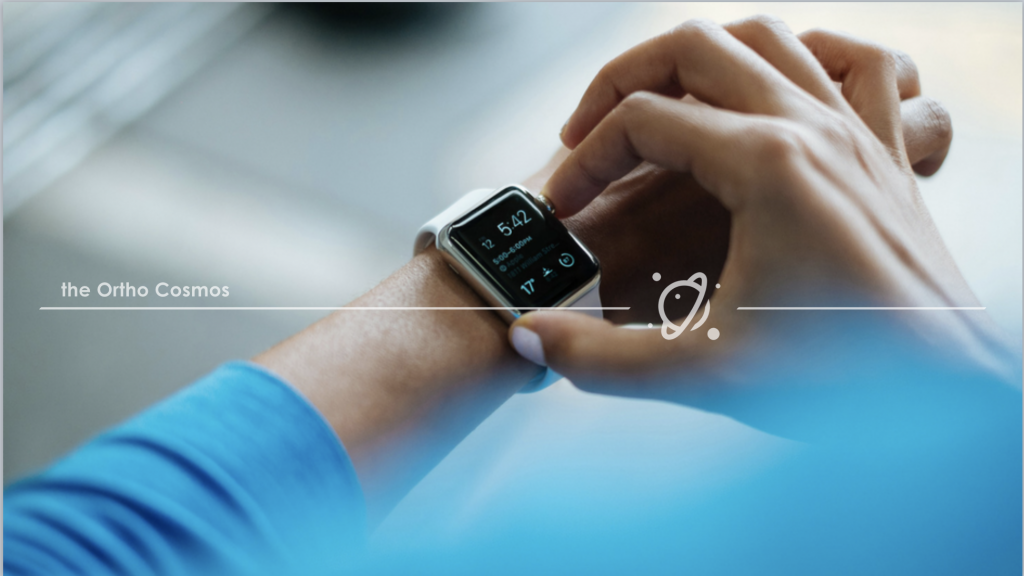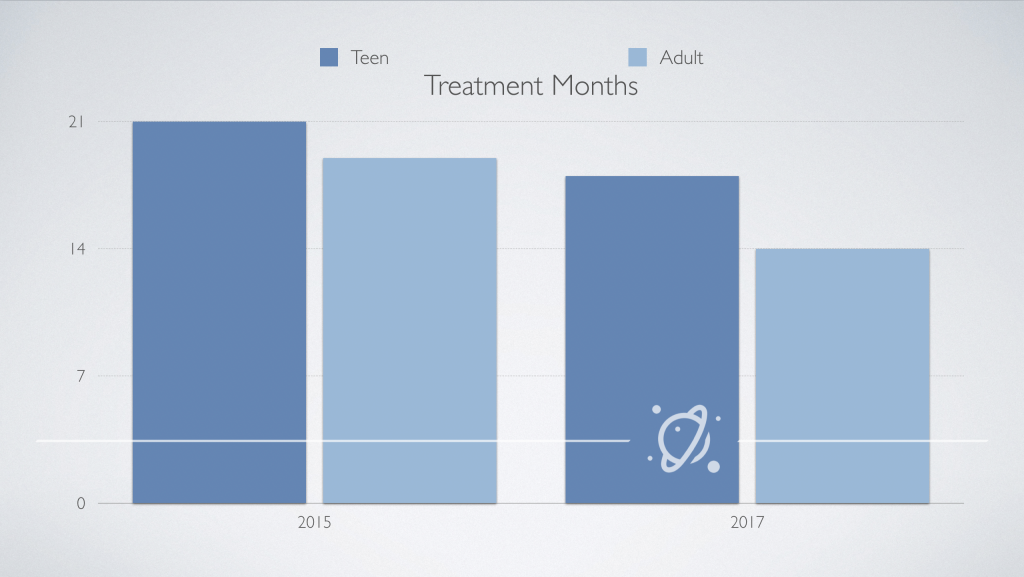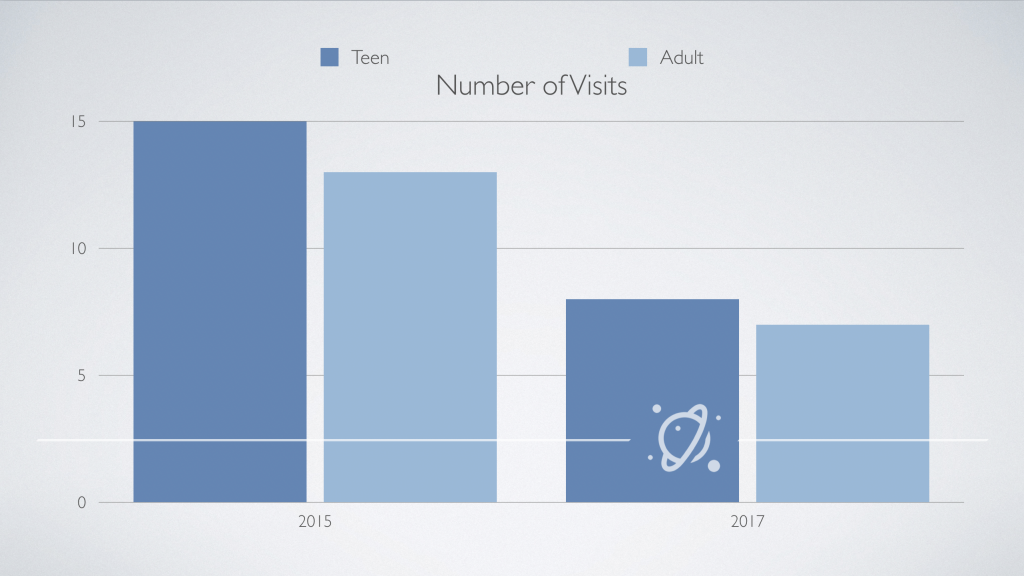 Extracting Efficiency
Extracting Efficiency
The use of Invisalign has continued to increase over the years. Greater utilization has led to an increase in applicability and more interest for the improvement of this product. In order to offset the lab fee, it becomes imperative to gain clinical efficiencies in the use of clear aligner therapy. Especially if you want to avoid the top reasons why orthodontists disapprove of Invisalign.
Two years ago, we tracked a series of consecutively treated cases from my practice. As we analyzed the treatment times, number of appointments and other trends, we determined two main areas that would improve the value of Invisalign treatment to both the office and the patient. The two opportunity areas we focused on were decreasing the total treatment time and the total number of appointments.
Invisalign is a system that determines the number of stages in the treatment when a clincheck is developed and has best practices “rules” that affect the length of treatment. In order to make an impact in the efficiency of Invisalign, it became apparent that several changes would have to be considered in the planning of the treatment and in the execution of the delivery. Let’s take a look at some of the tools that can be used to improve the efficiency of the appliance:
7 day Aligner Wear
Accelerating the change of aligners will decrease the treatment time. In our sample, we reduced the average treatment time by 20%. The question is, does an increased rate of change affect results and increase the number of refinements? In the cases from my practice, 7 day aligner wear was only implemented in the final 6 months of treatment for most of these treated cases. Although I do not have a large enough sample yet to compare that was fully treated with 7 day aligner changes, this treated sample had an evident reduction of treatment time and no increase in the amount of refinement efforts. Since all of our Invisalign cases have now fallen into 7 day wear protocol, we are looking forward to seeing a greater gain in efficiency.
Optimum Staging
Going to 7 day wear, but doubling the number of aligners does not gain efficiency. It is important to maintain proper force systems in the appliance, and maintain a number of aligners that matches the amount of movement necessary to achieve the desired clinical result. Significantly increasing the number of aligners will degrade the amount of force delivered in each aligner, and this can affect the moment to force ratio and aligner optimization.
Effective Use of the Refinement Time
Scanning patients while they are in active aligners keeps momentum of treatment going. The advantage of an intraoral scanner is that scanners allow us to scan during active aligners instead of removing attachments and stopping elastics with PVS. This will also degrade the force systems. We don’t put patients on hold with braces, which could make aligners less efficient if not addressed. We are proactive scanning patients several aligners before completing the aligner series so the patient can continue movement while refinement sets are being prepared. In order to be more efficient, consider not putting the patient on hold while the refinement is being developed.
Decreasing the Number of Appointments
Increasing the time between appointments is a sure fire way to decrease the number of appointments. In our patient sample, we decreased the appointment visits by 46%. Since patients are changing aligners at home, periodic checks and adjustment visits are not needed on the same intervals of fixed appliances. Because there are no wire changes, patient appointments can be extended by 12 weeks, or sometimes more. The key factor here is setting an interval that keeps the patient engaged with the practice, and does not allow loss of tracking or compliance issues go undetected too long. Patient education, problem solving tools, and a team effort in promoting compliance are key before implementing extended appointment intervals.
Until clinical studies are published that reveal the effect of changes to the Invisalign protocol, it is a challenge for clinicians to determine the best course for both patients and practices. Using practice data that is relevant to your patient base and systems is a useful way to check trends and monitor clinical efficiency. I hope sharing some basic analytics will guide you on your journey to improve your Invisalign efficiency.


Thanks for the insight how would you change the velocity of lateral extrusion movements or distalization with one week aligner?
Hi Atoosa, For lateral incisor extrusion, I recommend aligner optimization using the newest protocols with optimized force systems. The newest attachment design and force systems have been much more effective than prior efforts. Distalization is a critical area to avoid extension of treatment. The traditional distalization sequence is very inefficient, and should be accelerated in staging sequence or changed to simultaneous distalization. If you want to review the modified staging of distalization, I recommend you read a prior post on Invisalign secret menu items in our site.
Aloha,